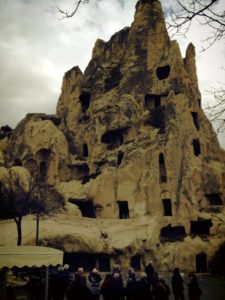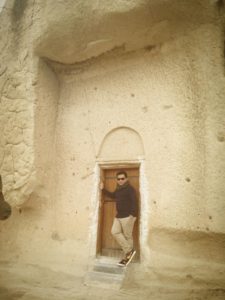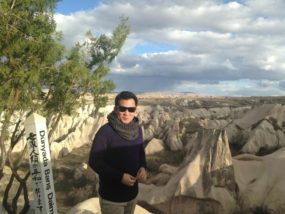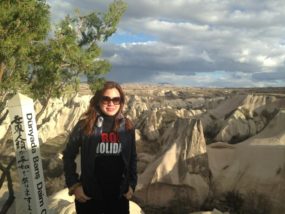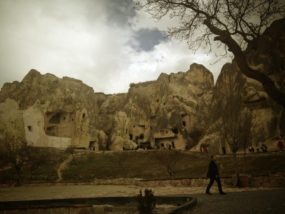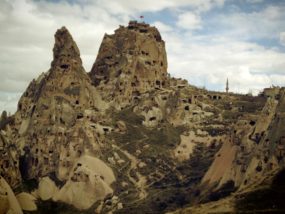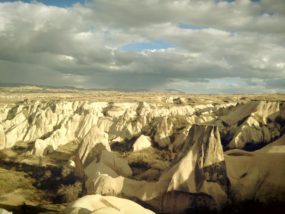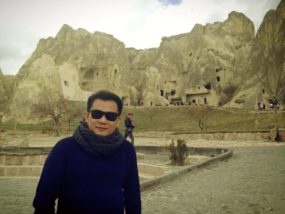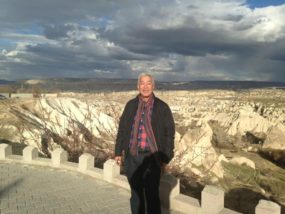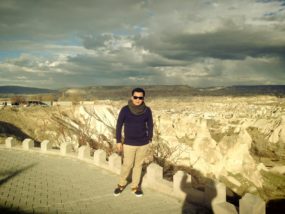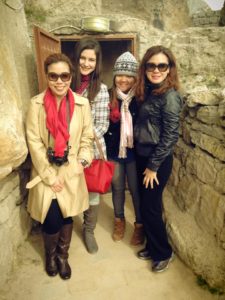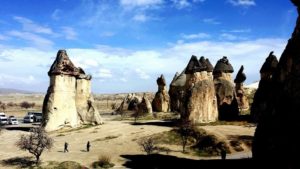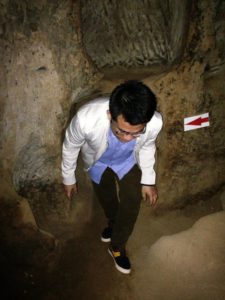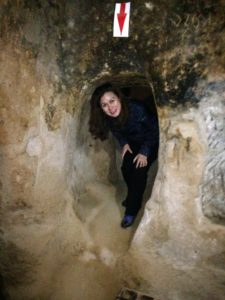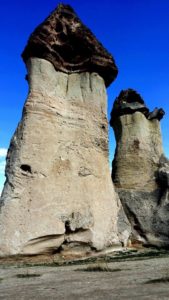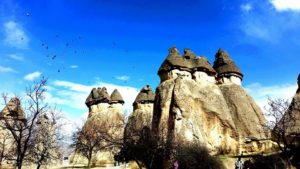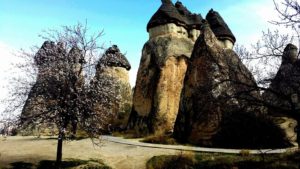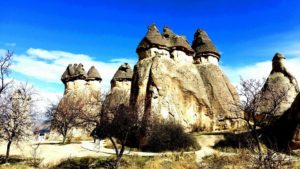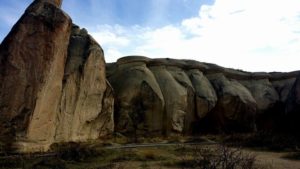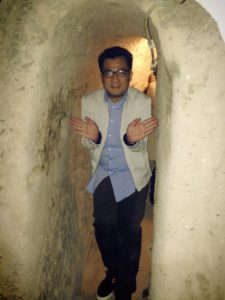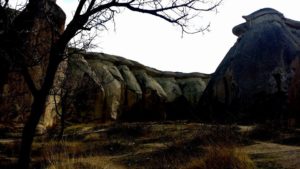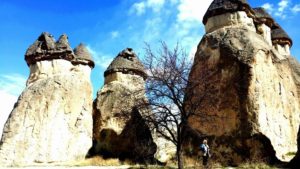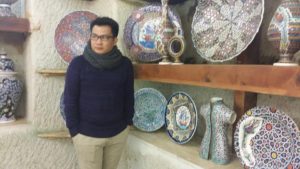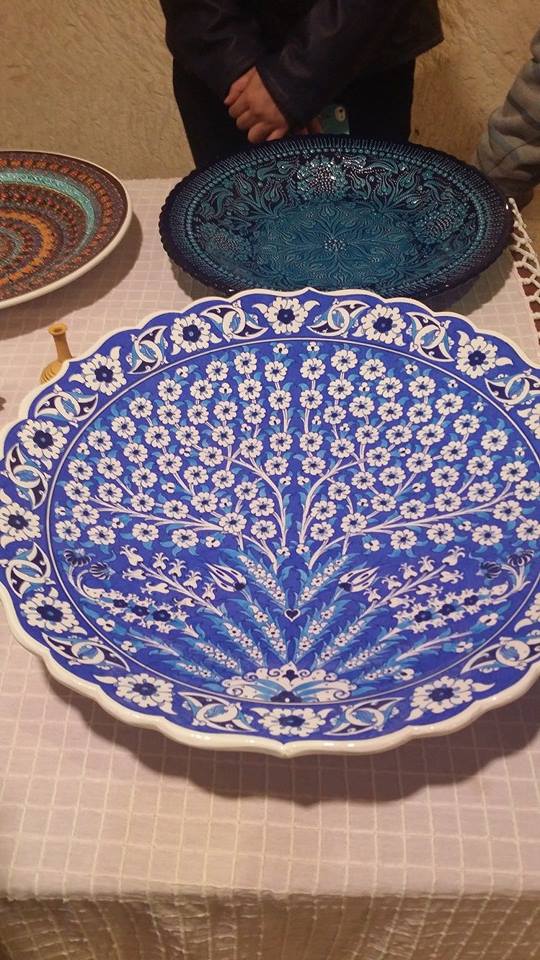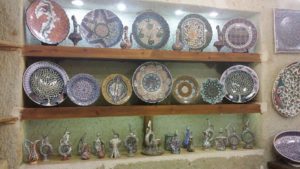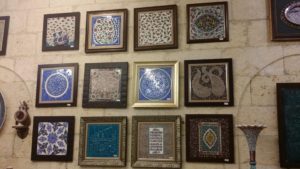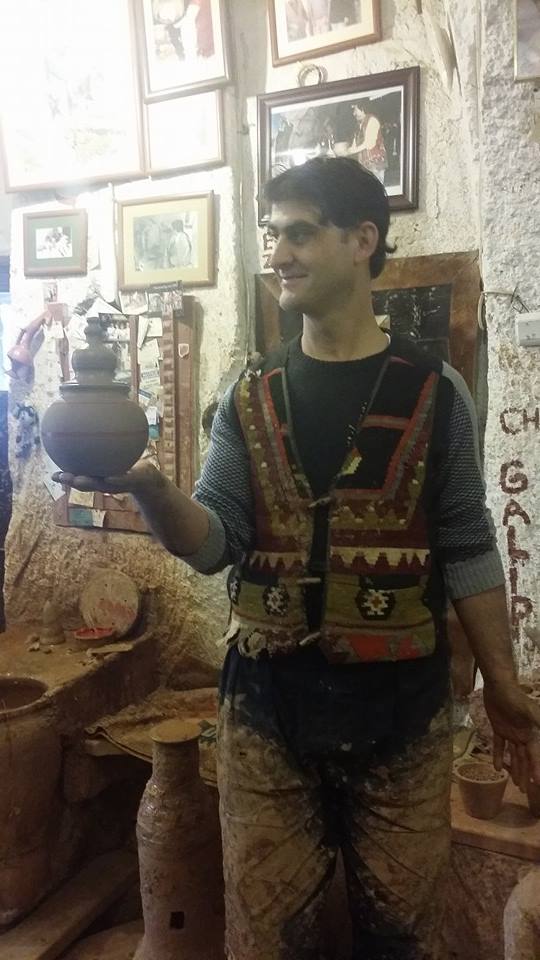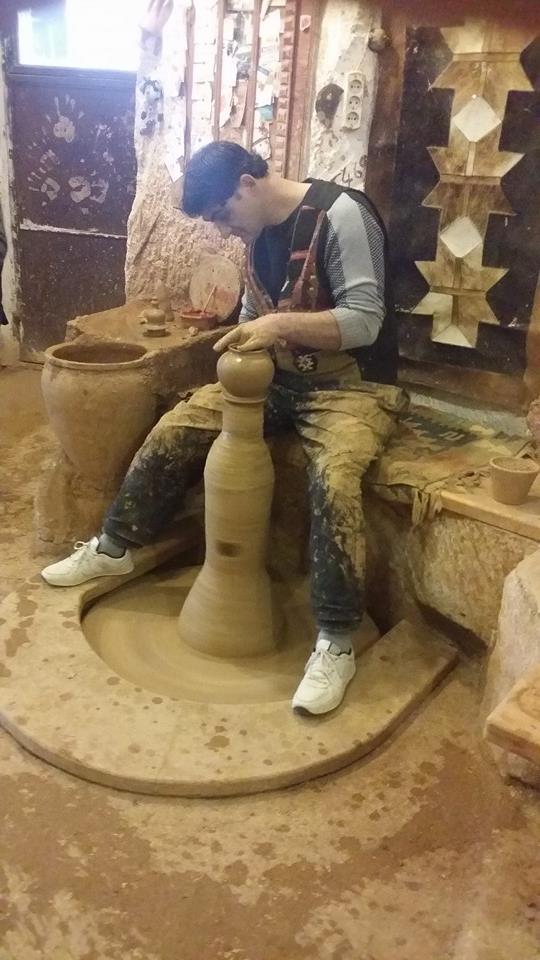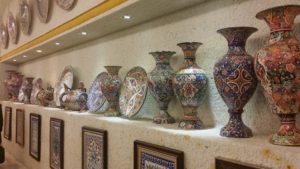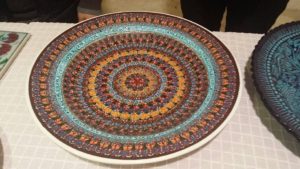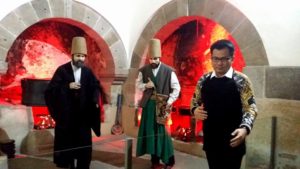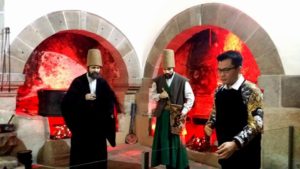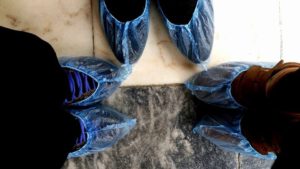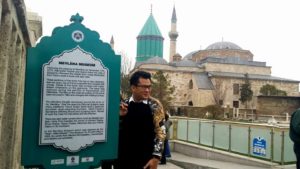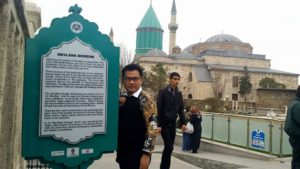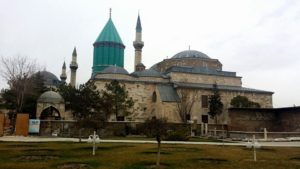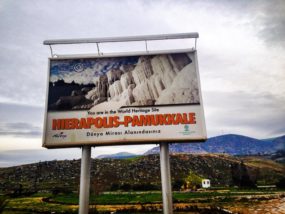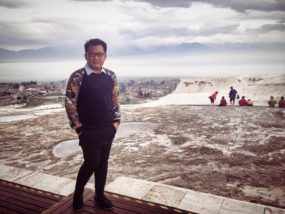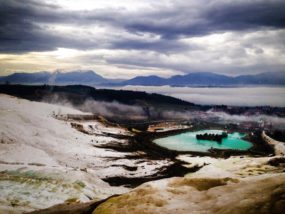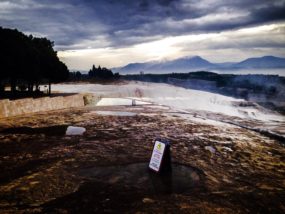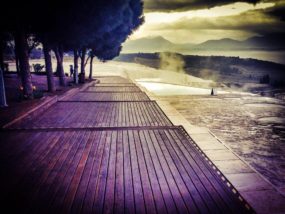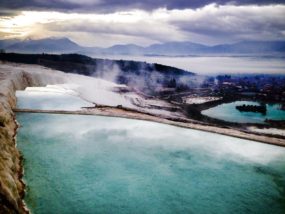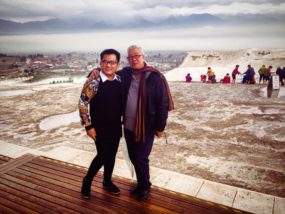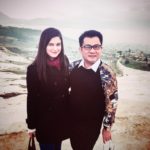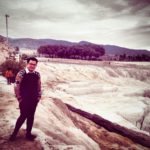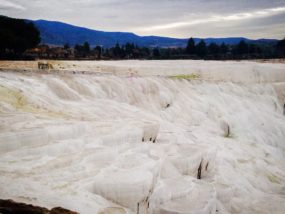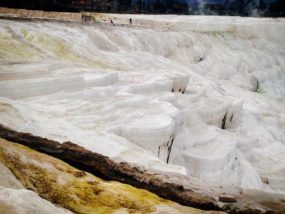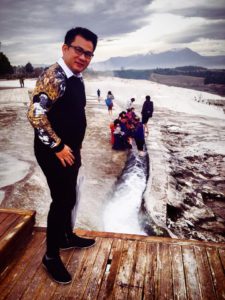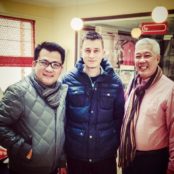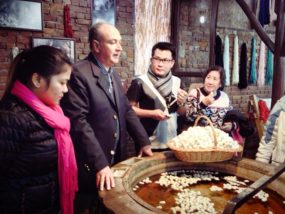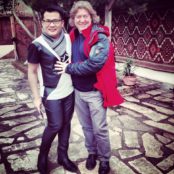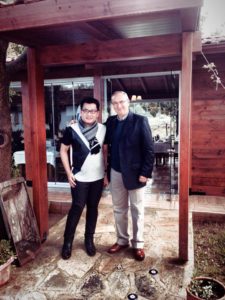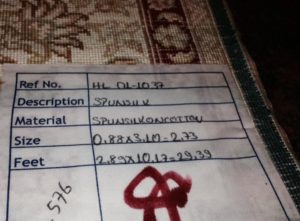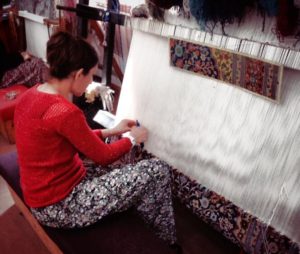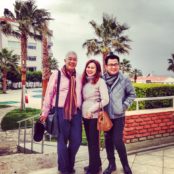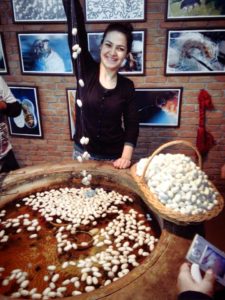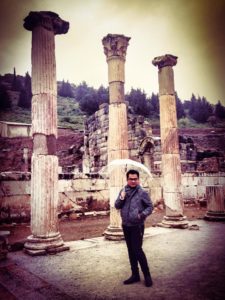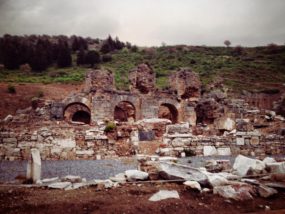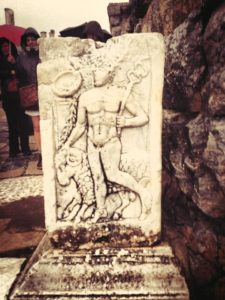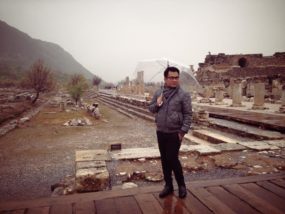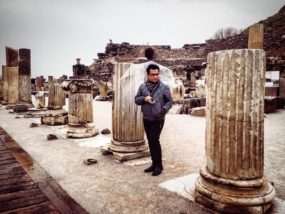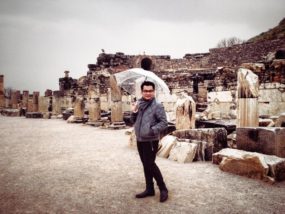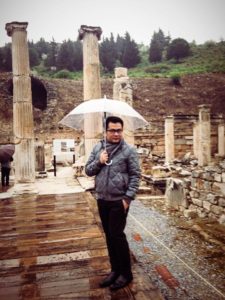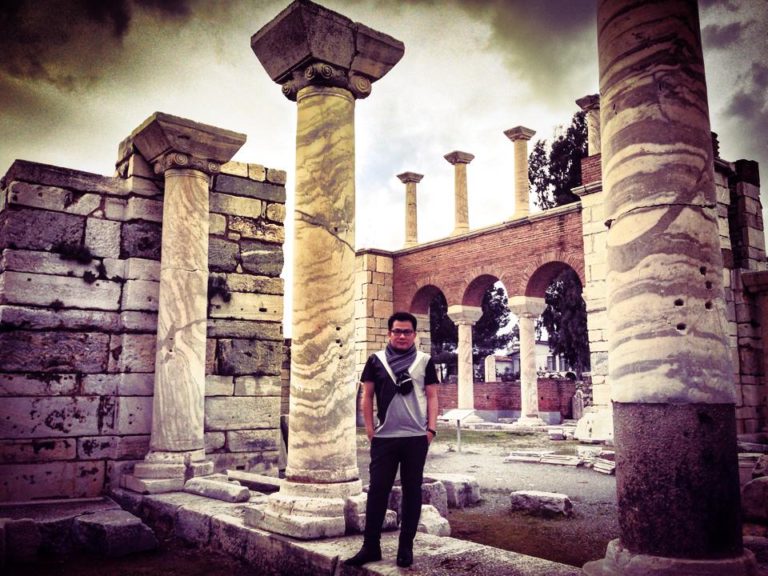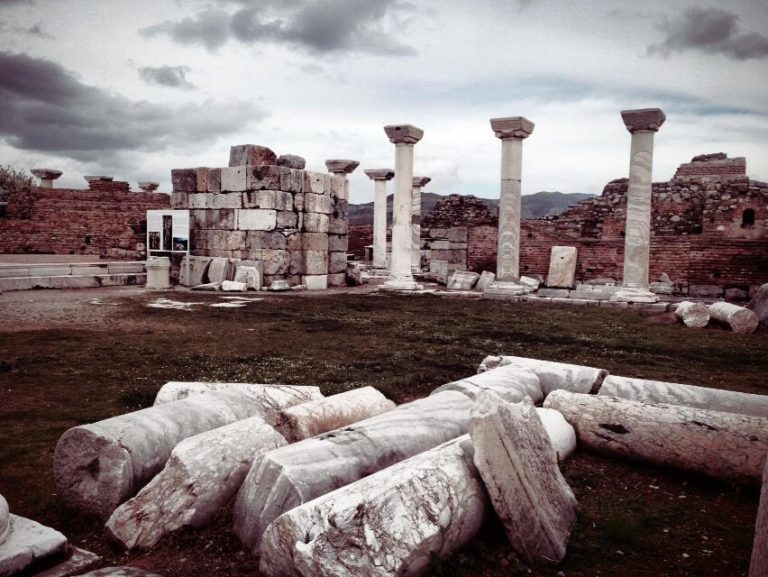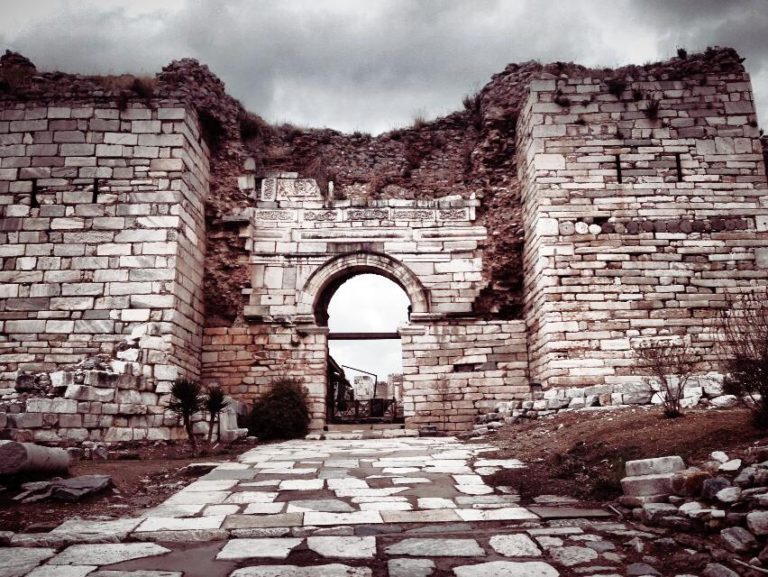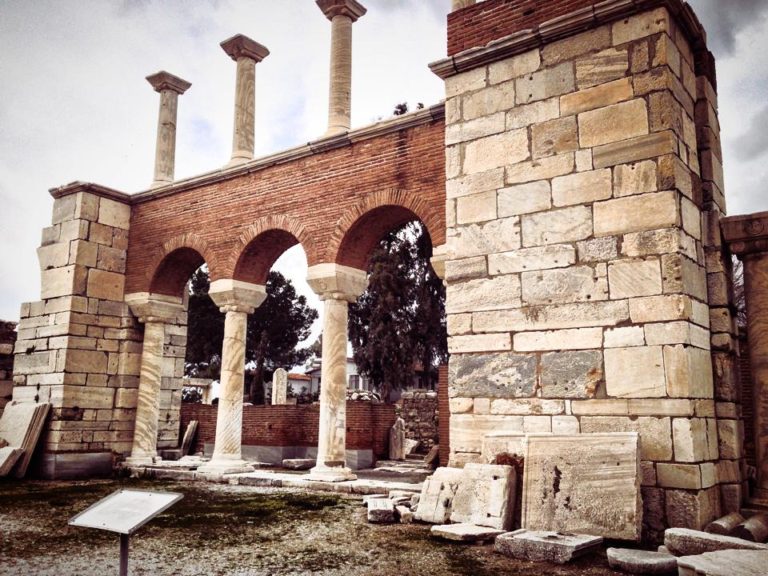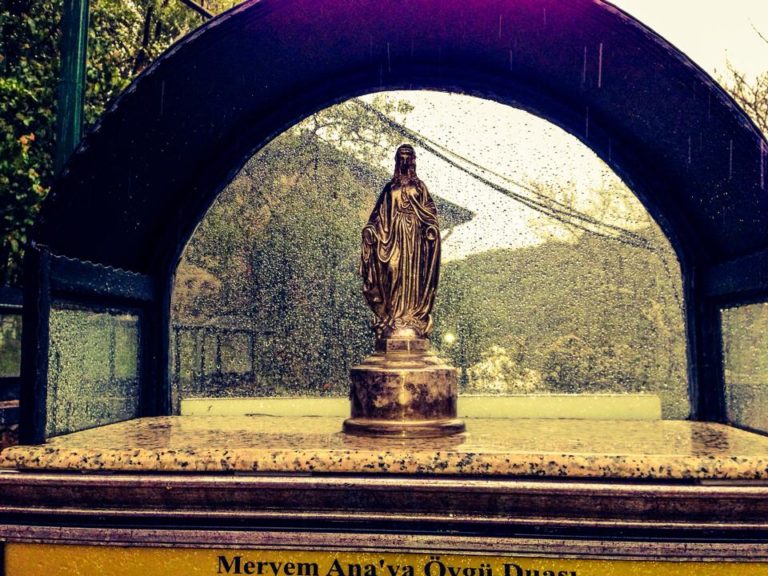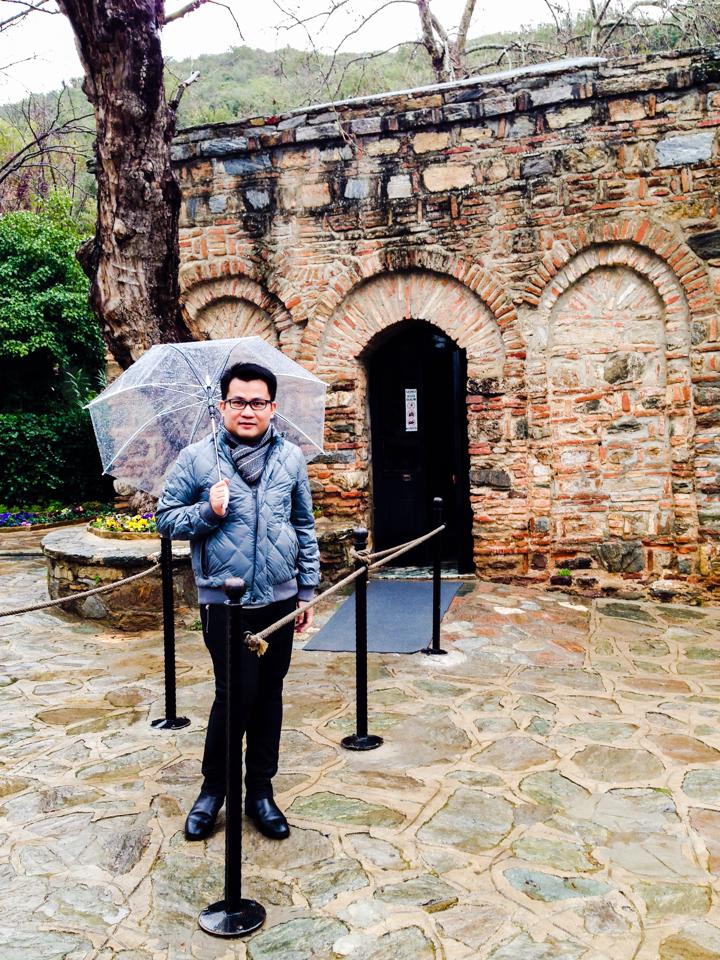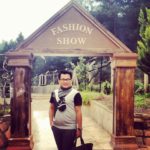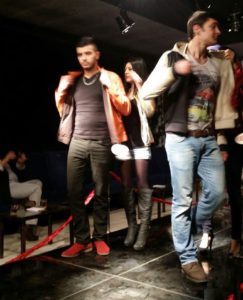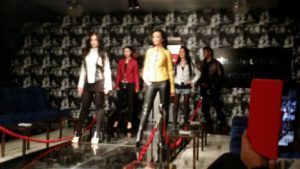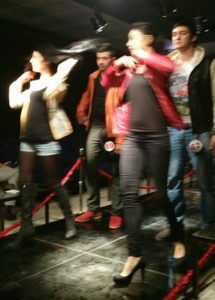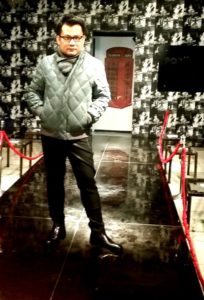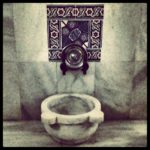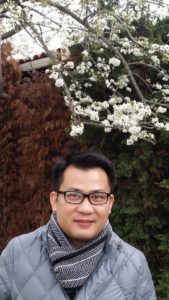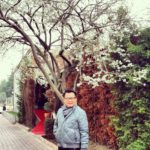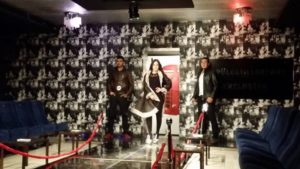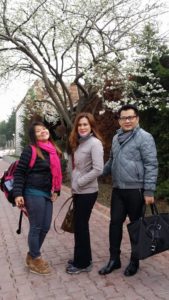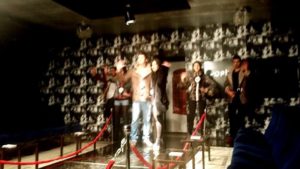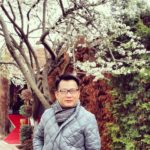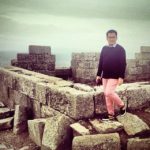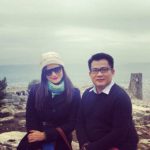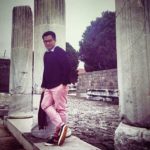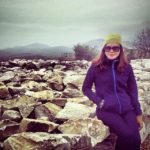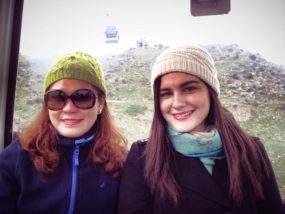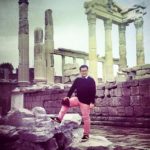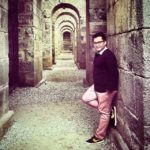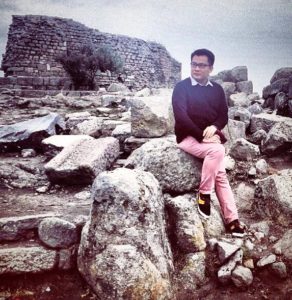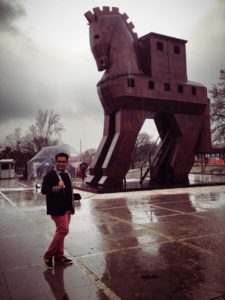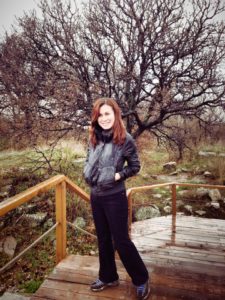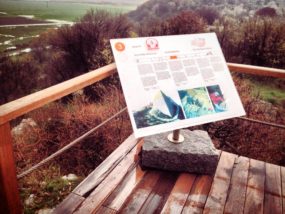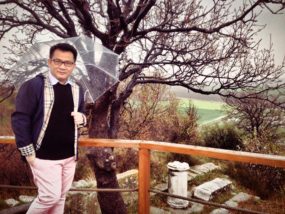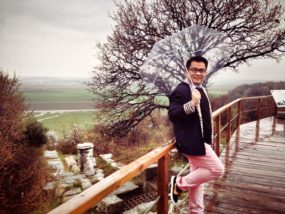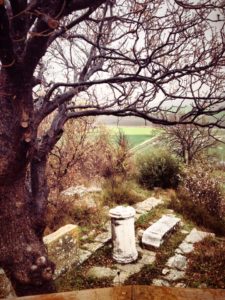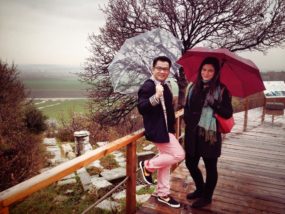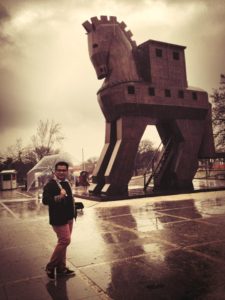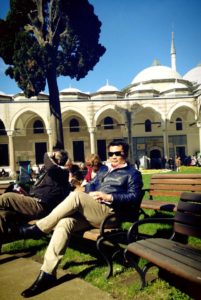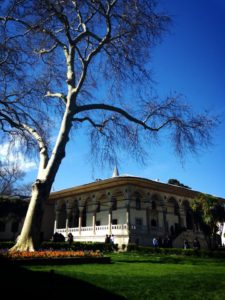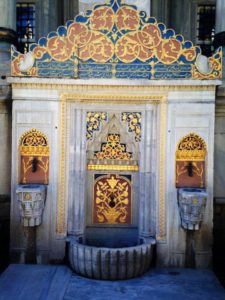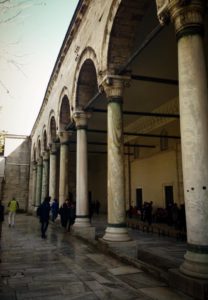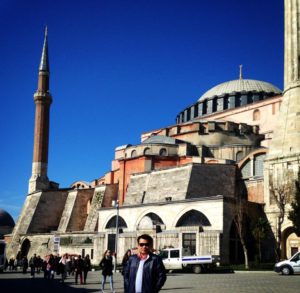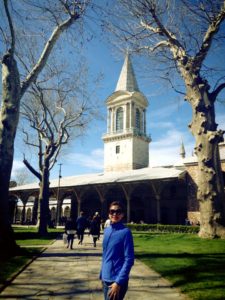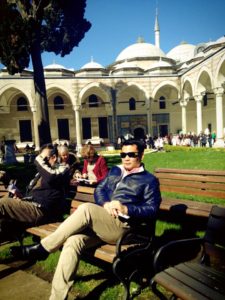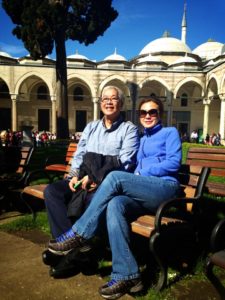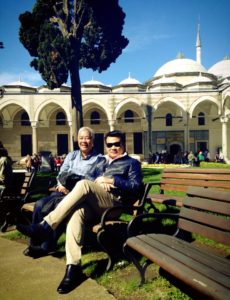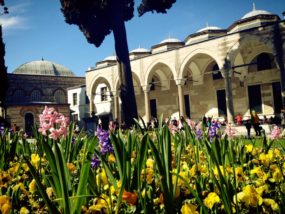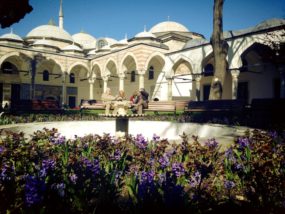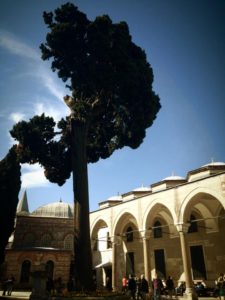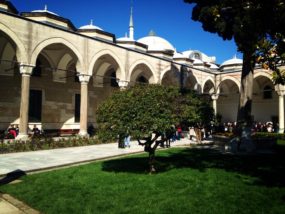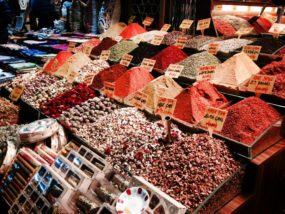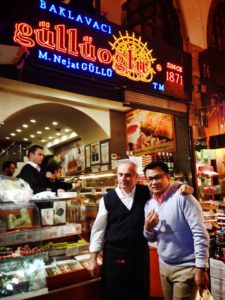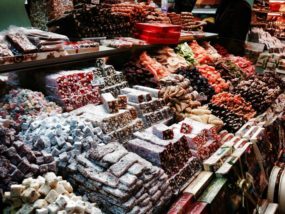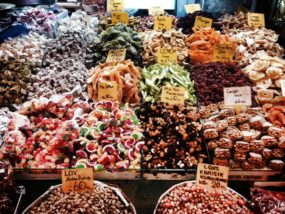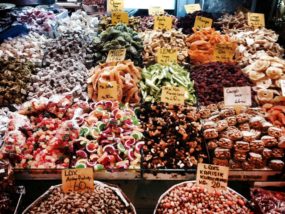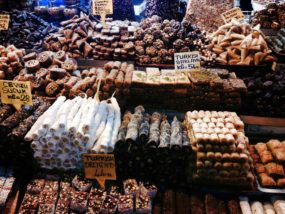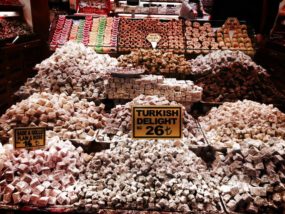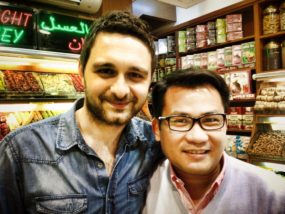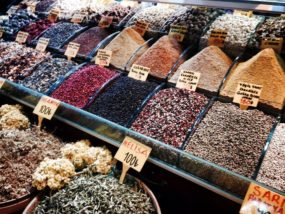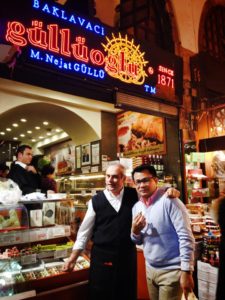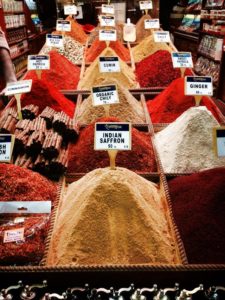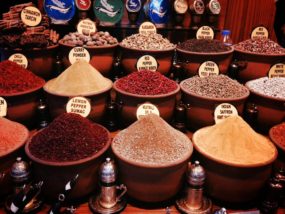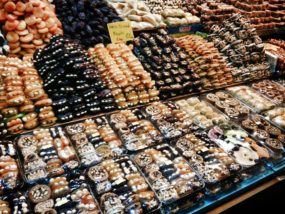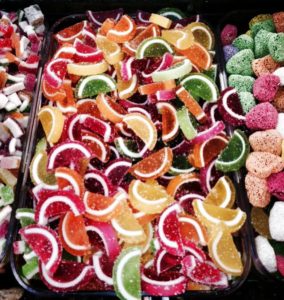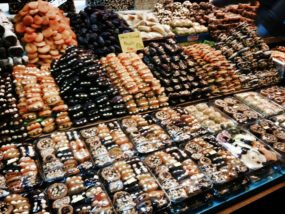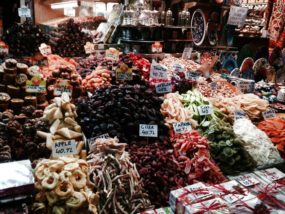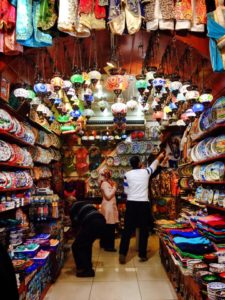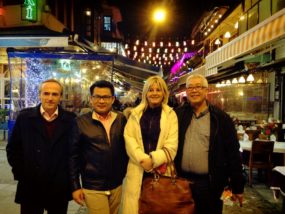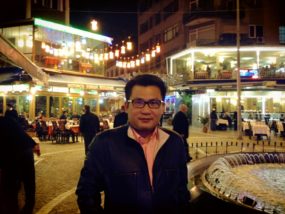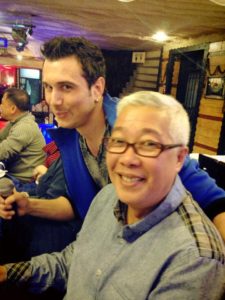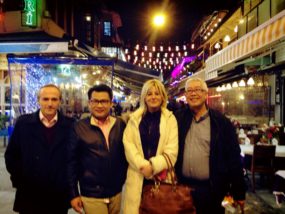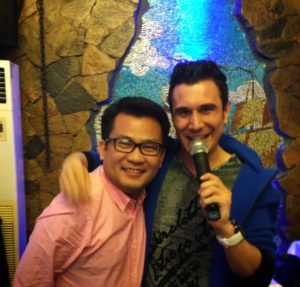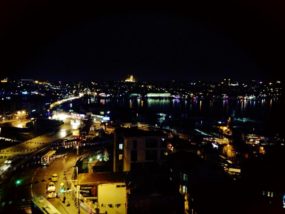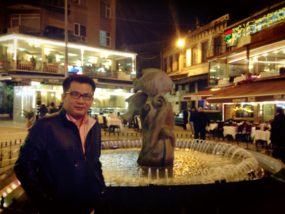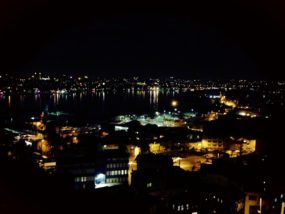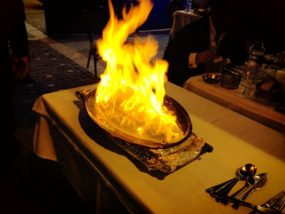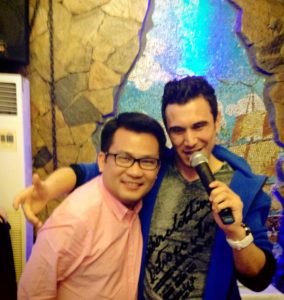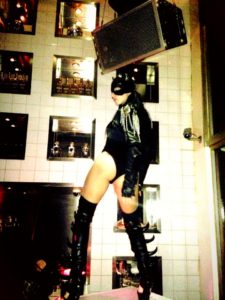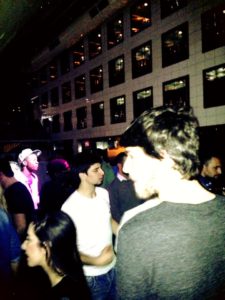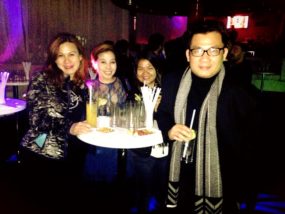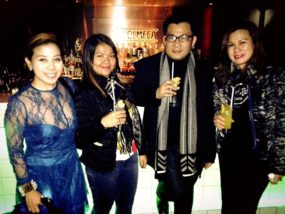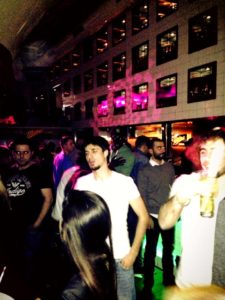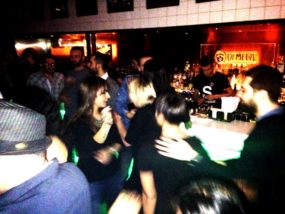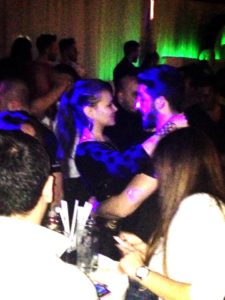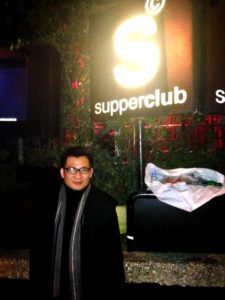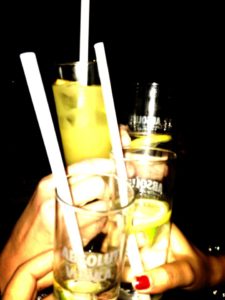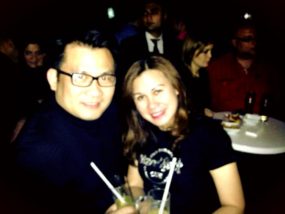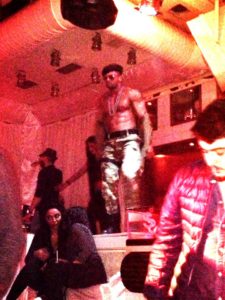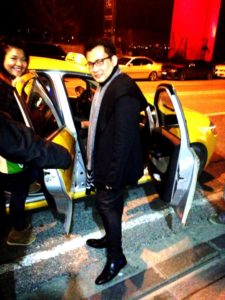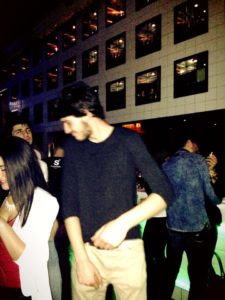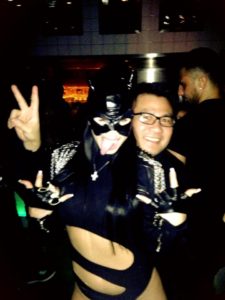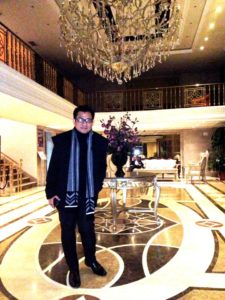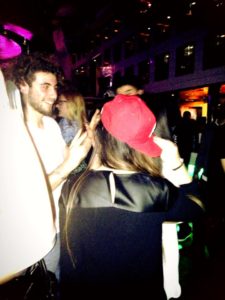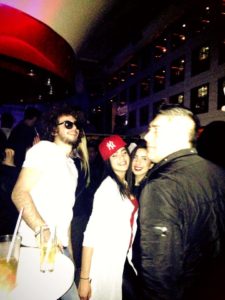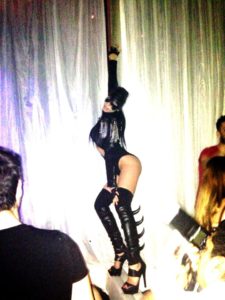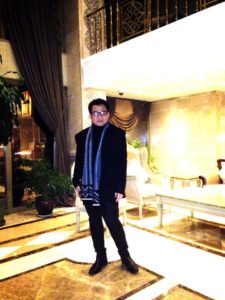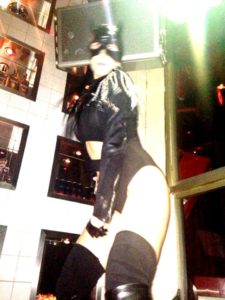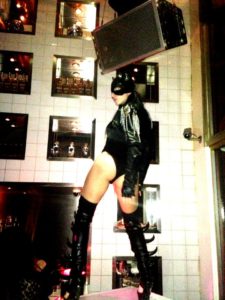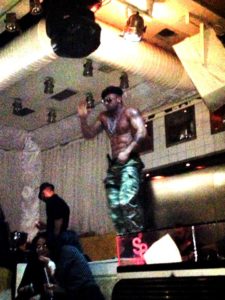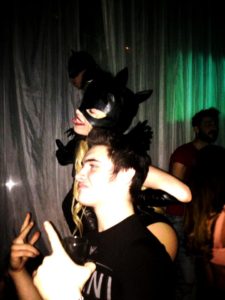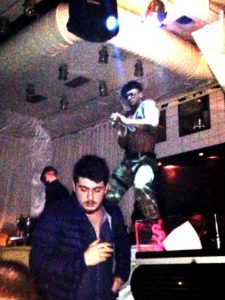Travel can sometimes take you to many places at once. Why? There are countries firmly placed on the East (such as Taiwan), and those that are undeniably Western (the UK and France) in culture and in geography. Yet there are also a handful of nations that straddle both worlds, nations that mix and match elements and incorporate them into their own gradual identity. Turkey is one such example, which I had visited way back in 2014.
A little European but mostly Asian, it is a massive country influenced by Ottoman, Greek, Arab, and Armenian cultures. For nine days, I (along with my tour group) indulged in its diverse sights, sounds, and tastes. More than an itinerary, I discovered a world of experiences in one amazing country. Let’s take a look back at my Turkish tour, from the dramatic mountains to the dazzling cities.
We first arrived at Istanbul’s Ataturk Airport, where we immediately rode a connecting flight to the region of Cappadocia. Upon disembarking, I decided to spend the rest of my day resting, given the amount of sights to see ahead.
The first stop on my list? The Open Air Museum in Goreme, a UNESCO World Heritage Site that looked like a set of sandy, meticulously carved honeycombs. But beyond its fantasy-like exterior, it is also home to some of Christianity’s earliest churches, that date back to 300 to 400 AD.
Going beyond these whimsical formations, we headed indoors to the Serhatli Underground City, located within the citadel of Kaymakli. It is believed to have been built by the ancient Phrygians in the 8th-7th centuries BC. Notably, it was also used as a refuge by the early Christians escaping from persecutors. This explains the intricate chapels and inscriptions that we saw all throughout this beautiful landmark.
Afterwards, our travel stage was set for a more creative point of view, with our shopping trip at Pasabagi, in the nearby Zelve region. Maximalist designs were in full display, with the pottery, plates, and wall displays showing a distinct influence of Turkish and Arab art. Mostly inspired by nature, these creations were proudly made by a local artisan himself. We even met him while he was making new pieces for the shop.
Being located in the Middle East, Turkey is also considered as one of the cornerstones of Islamic art and history, with a wealth of treasures that rival those of Egypt, Iran, and Saudi Arabia. One of the hallmark sights that illustrate its place in the cultural roadmap is the Mausoleum of Mevlana, which is dedicated to one of the greatest Sufi poets, Rumi. A Persian poet known for his works that transcend Islamic teachings, he has influenced the literary landscape all around the region, and is even considered a best-selling poet in the United States.
Day 3 began with a rather overcast yet exciting look at the country terrain. In the midst of all the culture I’ve immersed myself in, I (along with my group) wandered into another natural wonder making up the Turkish heartland. Pamukkale, in the nearby province of Denizli. A patchwork of hot springs and carbonate mineral terraces called travertines, the area resembles the towering icebergs of the Arctic, only more volcanic and touched by human history in the process. 23 centuries of healing pilgrimages have only added to Pamukkale’s significance.
Day 4 also made for some investigative exploring, as we discovered the nearby site of Hierapolis, located just on top of Pamukkale. We capped off our touring with a visit to Asagi Karahayit, where a bevy of locals welcomed us to their colorful rug shop. We even ordered a few spun silk and cotton pieces to bring home.
Relaxation soon followed, as we began to truly appreciate both Turkey’s crafted and untouched sides.
We woke up excited to face Day 5, as we expected to uncover even more of this surprising nation. As it’s within the proximity of Greece, Turkey has also been profoundly influenced by the West’s cradle of civilization, seen in the ruins found all throughout the ancient city of Ephesus. Expanding into one of the empire’s greatest commercial centres, the area today is part of Turkey’s Izmir Province. Like a journeyman stumbling onto an archaeological paradise, I ventured into the city’s fabled ruins, seeing the beautiful excavations that include the Temple of Artemis and the Ephesus Antique City.
Among the many sights found throughout Ephesus is St. John’s Basilica, which was built by the Byzantine emperor Justinian I in the 6th century. It is widely believed to be the burial site of St. John the Apostle, the author of the Biblical books of John and the Revelation, and a noted Ephesus resident until his death. I was so amazed at this particularly holy relic, I could not get over the fact that such a structure once visited by the most important figures in the Bible was now right before my very eyes.
Following this, we went to another sacred site in the area called the Virgin Mary’s House, both a Catholic and Muslim shrine on top of the rainy Mt. Koressos. Discovered in the 19th century from the reported visions of Blessed Anne Catherine Emmerich, the site is frequented today by pilgrims all over the world.
On tourists’ typical artisan radars to Turkey are its handwoven rugs, porcelain, and diverse culinary delights. Yet we also saw a more fashion-forward side to the country too, at the Populer Leather Center. With the complex adorned with colorful flowering trees, I headed inside and was astounded with the craftsmanship of the products. More than a handful of towering fashion models even showcased them down the runway.
By the end of the 5th day, we once again relished all of the beauty we saw back at our hotel, remembering the many nationalities and faiths that have traversed Ephesus’ dramatic terrain.
Day six then welcomed us with an even more exciting trip to Pergamon Ancient City. Another city within the realm of Ancient Greece, it was an illustrious place full of impressive monuments dedicated to the Hellenistic dynasties that governed it.
Afterwards, we dropped by the famous city of Troy, long known in our literature books as the site of the epic siege in the Iliad. The iconic city today feels more verdant than battle-ready to say the least, though I was still able to delve further in the depth of Spartan-Trojan combat thanks to the lot of information available at the landmarks themselves. Who could ever forget the oft-phrased Trojan horse for instance?
With about nine inhabitation levels, there was a wide variety of things I discovered, all encompassing the period of 3,000 years of course. What a journey indeed. Soon, sundown came, and we went back to our hotel much more inspired about everything we’ve learned.
The seventh day of our Turkish travels was first spent relaxing in our hotel, resting before our road trip out of the rural landscape. Upon recharging, we began our departure from the countryside, and into the country’s urban showpiece and commercial capital – Istanbul. Driving into the city, we first stopped by the iconic Topkapi Palace, and the more postcard-perfect Hagia Sophia. The former is a structure built during the heyday of the Ottoman Empire in the 1400s. The latter, meanwhile, is a glittering monument that can be considered as Istanbul’s Eiffel Tower or Statue of Liberty. First built as a Greek Orthodox basilica, it later became an imperial mosque, and is presently a historical museum.
We then went to the gorgeous, aroma-filed Spice Bazaar, which was built way back in the 1660s. What can be found today is an assault for the senses, from the colorful sugar-glittered candies, unique cheeses, iconic Turkish coffees, to the savoury spices sourced from all over the country. Moreover, there were even stashes of honey, caviar, dried herbs and nuts, as well as pretty trinkets one could wear home.
The local vendors were very gracious too, which was characteristic of Istanbul’s cosmopolitan, foreigner-friendly atmosphere. Going down into the city’s criss-cross of alleyways at night, we also had our foray into Istanbul’s nightlife, particularly the restaurants that served Turkish and Western fare.
Our last stop for the night was the Supper Club, a concept nightclub-dining establishment that is frequented by Turks and foreigners alike. With its exciting dancing, lively performances, overflowing drinks, and elegant interiors, we saw that Istanbul too, was a city of dynamic energy, similar to its fellow European cities to the north.
With the end of our eight day in sight, and day nine fast creeping in, we decided to head back to our hotel for some much-needed rest. Afterwards, day nine, or our last day in Turkey came, which signalled our departure for the airport. On the way to Ataturk Airport, I realized that there was a pattern in our journeys within Turkey – the ancient meets the modern, the literary meets the sacred, and the rural meets the cosmopolitan. This land of contrasts had inspired me during this nine-day stay, and certainly will long after I’ve arrived in Manila. #JuanderWithUs for more of our exciting travels all over the world, from the East to the West, and beyond.






























































